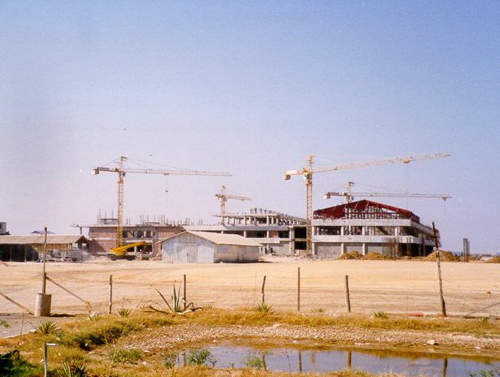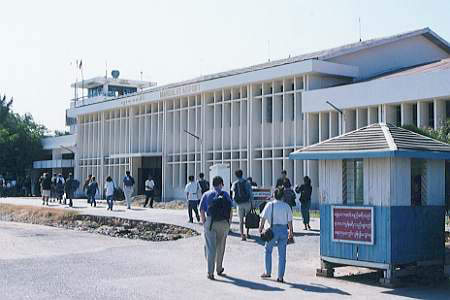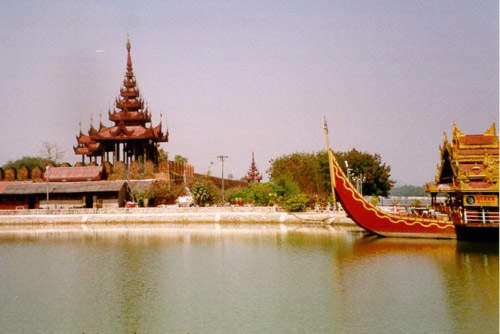The project to construct Mandalay International Airport has taken around four years, after work began in 1996. The airport was officially opened in September 2000 at a cost of $150 million and represents the largest and most modern international airport in Myanmar (formerly Burma). The project was financed by the government of Myanmar, the State Peace and Development Council (SPDC) through the Thai Exim Bank. The capacity of the airport is estimated to be three million people annually.
The airport occupies a site with a total area of 25,015 acres and is located in the centre of Myanmar about 35km outside Mandalay, the country’s second largest city. It takes approximately 1hr to get from the airport to the centre of the city.
AIRPORT CONSTRUCTION RATIONALE
The construction of Mandalay Airport has been driven by government efforts to increase levels of foreign investment and tourism in Myanmar as a whole. As one of only two international airports in Myanmar (the other being Yangon), Mandalay airport is seen as being critical in achieving planned footfall growth of 10% year on year. It is hoped that Mandalay International Airport will become a hub for flights to other major Asian cities, particularly Beijing, Hanoi, Bangkok, Calcutta and Dhaka.
Politically, Myanmar is subject to a widespread boycott internationally because of human rights issues and the absence of a democratic system. This has impacted upon the number of people going to and from the country and will continue to affect the ability of Mandalay airport operating to its full capacity. Future development projects at Mandalay Airport and other sites in Myanmar, are undermined by this situation, and there is as yet little to suggest this situation will change in the near future.
AIRPORT CONSTRUCTION
The terminal building has been constructed with an air conditioning system, fire protection system and an emergency generating system. It is also equipped with six passenger lifts, one freight lift, three escalators and a baggage handling system.
There are six passenger boarding bridges and three of them can handle modern Boeing 747-400 planes. There is enough space for ten planes to anchor and at the rate of 8mins per plane, aircraft of any size and make can touch down or take off to any destination abroad.
Systems incorporated into the airport include VHF and HF SSB transmitters and receivers, a voice communication control system, an automatic terminal information system (ATIS), and an aeronautical fixed telecommunications network. The air traffic control tower has witnessed the installation of a variety of radar and navigation systems.
The concrete runway at Mandalay Airport is 14,000ft long and 200ft wide, which is large enough to allow any size of commercial aeroplane to land. The parking area can accommodate 700 cars.
MANDALAY INTERNATIONAL AIRPORT LEAD CONTRACTORS
The lead contractor for this project was the Italian-Thai Development Public Company Limited of Bangkok, which was awarded the contract by the Department of Civil Aviation, Myanmar. Thomson-CSF Airsys ATM was awarded the contract for radio navigational aids, communications and air traffic services for the new airport. Thomson-CSF Airsys ATM was responsible for the design, supply, installation and commissioning of the equipment, including flight checking.






